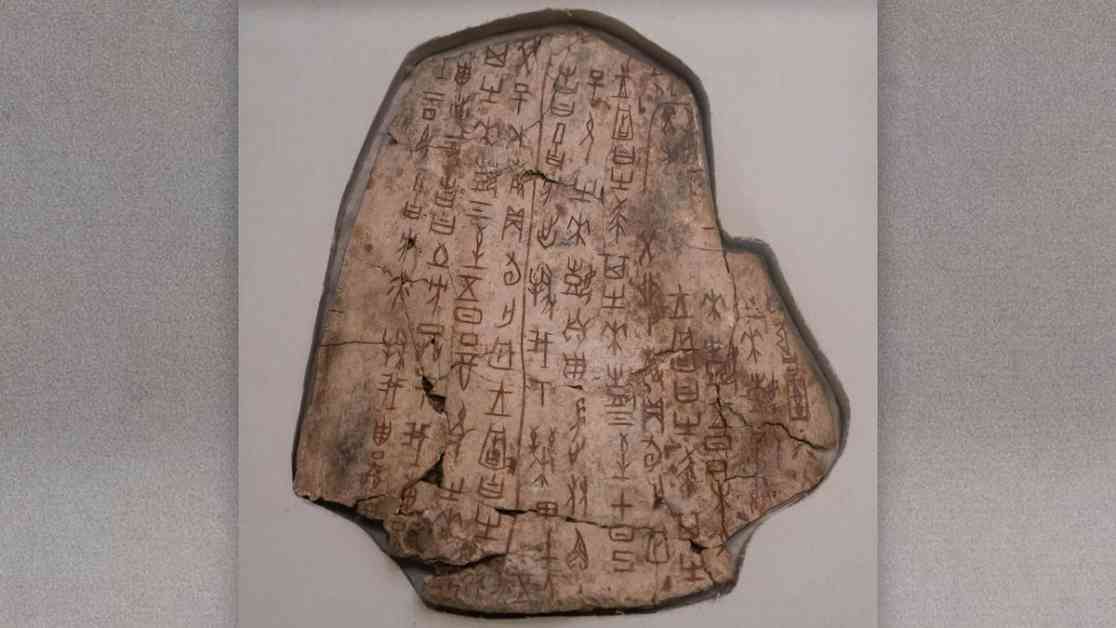Oracle bones are ancient artifacts from China that provide insight into the development of writing in ancient China. Dating back to the late Shang Dynasty, these bones were often made from tortoise shells or oxen shoulder blades. A fortune teller would carve a question into the bone, heat it until it cracked, and then interpret the cracks. The surviving oracle bones contain the earliest form of Chinese writing, with some characters still used in modern Chinese.
In addition to the oracle bones from the Shang Dynasty, archaeologists have also found oracle bones predating this period, with some claiming to date back up to 8,600 years ago. These early oracle bones have sparked debates among experts about the origins of Chinese writing and its evolution over time.
The discovery of oracle bones sheds light on ancient Chinese practices related to divination and the royal household of the Shang Dynasty. The bones were reused until there was no more space, leading to over 100,000 known inscriptions. Scholars have used these inscriptions to trace the genealogy of the Shang royal family and understand the language and writing system of ancient China.
Overall, oracle bones provide a fascinating glimpse into the history and culture of ancient China, highlighting the importance of writing, divination, and royal rituals during the Shang Dynasty and earlier periods. The study of these artifacts continues to contribute to our understanding of the origins of Chinese civilization and the development of writing systems worldwide.










